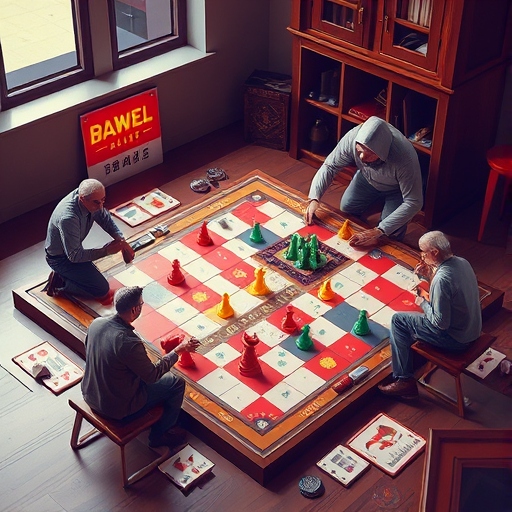Candy Land is a classic board game designed for young children, typically ages 3 to 6. It was created in the 1940s by Eleanor Abbott and has since become a staple in many households. The game is known for its colorful board and simple gameplay, making it accessible to preschoolers and early elementary-age kids.
Game Components:
- Game Board: The board is a winding path through a fantastical candy-themed landscape, consisting of different colored spaces.
- Cards: Players draw cards that indicate which color space they must move to. In some versions, there are special cards that allow players to advance or go backward.
- Game Pieces: Each player has a token or character that they move along the path based on the cards they draw.
Objective:
The goal of Candy Land is to be the first player to reach the “Kingdom of Candy” at the end of the path.
Gameplay:
- Setup: Players place their tokens at the start (the “Start” space).
- Drawing Cards: Players take turns drawing cards from the deck and moving their token to the corresponding colored space. Some cards may allow players to jump ahead or skip turns.
- Special Spaces: The board features special spaces (like “Lollipop Woods” or “Gumdrop Mountains”) that can have additional effects.
- Winning: The first player to reach the last space on the board wins the game!
Educational Benefits:
Candy Land helps children develop skills such as:
- Color Recognition: Players must identify and match colors.
- Counting Skills: Younger players will practice counting spaces as they move.
- Turn-Taking: The game encourages taking turns and patience.
- Social Skills: It promotes interaction and cooperation among players.
Candy Land has various themed versions and adaptations, often incorporating different characters or themes to keep the game fresh and engaging. It’s a great way to introduce young children to the concept of board games and strategic thinking in a fun, light-hearted way.

Bir yanıt yazın